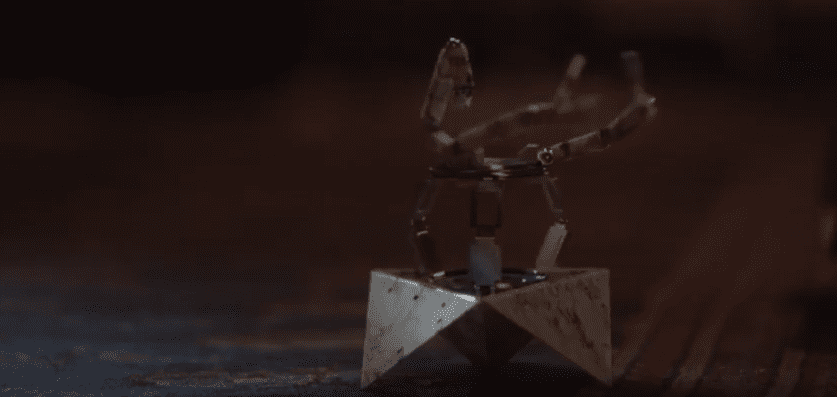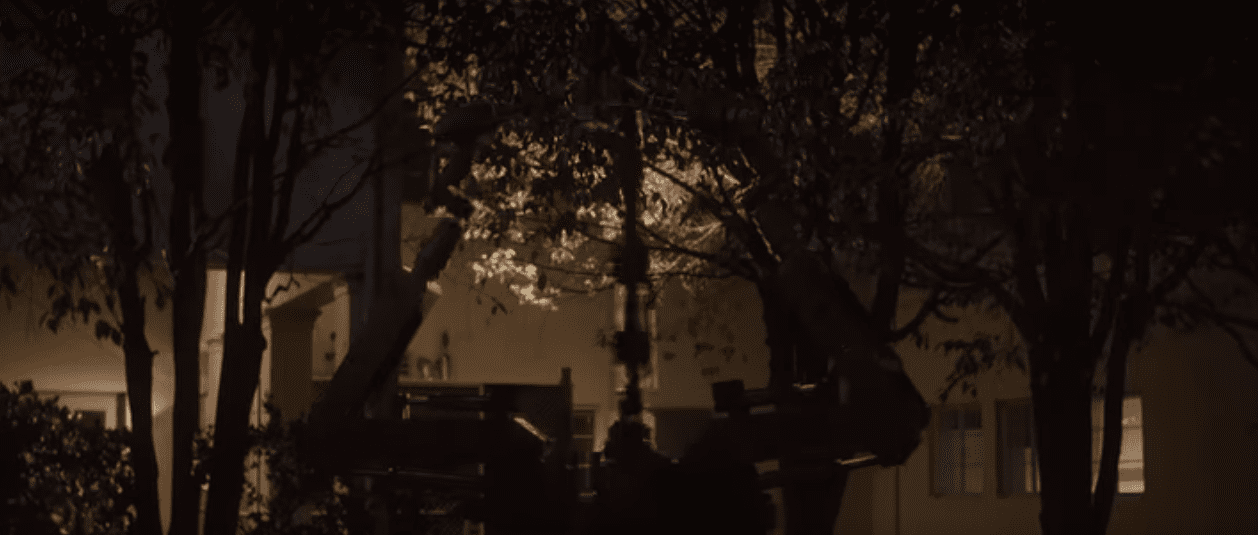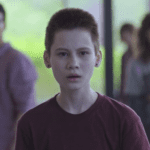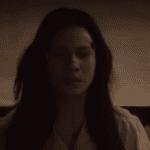Long before the Many Worlds hypothesis sprung up in response to quantum mechanics, Gottfried Leibniz imagined God choosing between an infinite number of possible worlds. After all, every choice at every moment represents a point of possible bifurcation. So there’s a possible world where I did not just decide to start writing this essay; one where I never write it at all; one where I never watched The OA; one where Albert Camus took the train instead of getting into the car he died in; one where Henry Wallace became President instead of Harry Truman…
The differences between possible worlds could be small, or they could be large, but the number is definitely infinite; especially insofar as Leibniz conceives of possibility in terms of logic—any world is possible in principle that doesn’t entail a contradiction.
But this put him on the path of a further notion: that of incompossibility. That is, you see, everything within a possible world has to be compatible with everything else. It must all hang together. So, for example, you couldn’t have someone like Superman and the law of gravity as we understand it. There may be a possible world with Superman, but the laws of nature there would also have to be different.
Of course, after putting all of this forward, Leibniz was of the view that only one world actually exists—this one. And since there must be a reason why it would be this one, he posited that God chose it because it is the best. We live in the best of all possible worlds. (Hurray!)
Now, in fairness to our friend Gottfried, a large part of his thought there seems to be about being able to account for a richly complex number of things through a small number of principles—the man invented calculus, after all—but this didn’t stop him from being roundly mocked by the likes of Voltaire in Candide.
How could this be the best of all possible worlds, when it includes so much suffering? And whither freedom? If God chose the world wherein Adam sinned, does it really hold up to insist that nonetheless Adam sinned freely, as Leibniz does (and God just knew he would do it)?
If we remove God from the equation, the idea that other possible worlds actually exist seems more plausible (though the worry about freedom will come up in a different way). And now that we have the Many Worlds hypothesis gaining ever more steam amongst physicists, one has to wonder: might these other realities be real? And might dreams, for example, be a portal into them?
But perhaps the deepest question in my mind is: if there are all of these different Caemerons out there in different dimensions—one who never moved to New York, one whose mother is still alive, etc.—what is the relation between them? Would the version of me that never broke up with that girlfriend still be me? To what extent?
This is the primary question I think that Part 2 of The OA begins to grapple with.
What Happened to Homer?
Prairie has traveled to another dimension. Hap is there, and knows who she is, but Homer does not remember. It would seem that Homer alone did not “cross over.” Why might that be? Does it perhaps have something to do with the way that he tried to run away in the field before he came back; manipulated into the crossing through Hap’s devious plan?
Regardless, Homer is the entry point into a broader question: where does the consciousness of the person “traveled into” go? We ultimately get something of an answer to this question, but at first I must admit that I found Hap’s suggestion that the Homer we had come to know was simply dead in that field to be disturbingly plausible.This would be the conclusion to draw, after all, if it were the case that the one consciousness was simply taking the place of the other.
Instead, it would seem that both consciousnesses remain existent. Prairie was suppressing Nina, but ultimately integrated with her. Homer’s consciousness was instead the one suppressed, but he comes to remember towards the end of the season. (And then he dies—did he travel, too, there at the end? And if he did, will he remember in this world where the OA seems to have lost herself in Brit?)
A key figure in all of this is Elodie, the French woman with whom Hap has a liaison. She seems to know somehow that Hap is from another dimension, from the moment she approaches him. (How is that, and why does she approach him in the first place?) She offers him information, they have sex, and she moves to leave, saying that she will call him the next day. He protests.
Sensing his intentions, she calls the paramedics while he is in the bathroom. Then, she displays her devices that perform the movements robotically. Looking closely, these robots seem to be made out of something like marble:
Does she die in this scene? Or do the paramedics perhaps arrive to resuscitate her? My money is on the latter, and yet the performance of the movements suggests that she traveled. But then we see her later, talking to Prairie, and she seems to be the same person, which leads to a real question about what is going on here, but also points to a possible answer.
The key may be in what Elodie says about not suppressing the consciousness of the one she travels into, but instead integrating with it, as she encourages Prairie to do with Nina. That is, perhaps because Elodie integrated with the consciousness of the version of herself in this San Francisco dimension, that one (who is revived) retains her knowledge even though Elodie also traveled on. Which raises the possibility that OA might still be there in this San Francisco universe in some sense as we move forward; or at least Nina with the knowledge of OA. Unless, that is, Nina died from that fall.
Why is Prairie the OA?
It seems clear, given what is said by Old Night and the trees, that it is the version of Nina that we met in Part 1 (Prairie) that is the OA. The Nina in this second dimension may have been gifted (unless an octopus could talk to anyone telepathically if it so chose), but Old Night explicitly marks a difference between her and the OA. So, if that’s right, why is it that it is this one version of herself and not the others?
It may be that only this version both died in the bus accident and met Khatun/decided to come back. But I can’t help but wonder if perhaps Hap also played an important role here. After all, Prairie didn’t just die and come back that once; she did so over and over again by means of his chair.
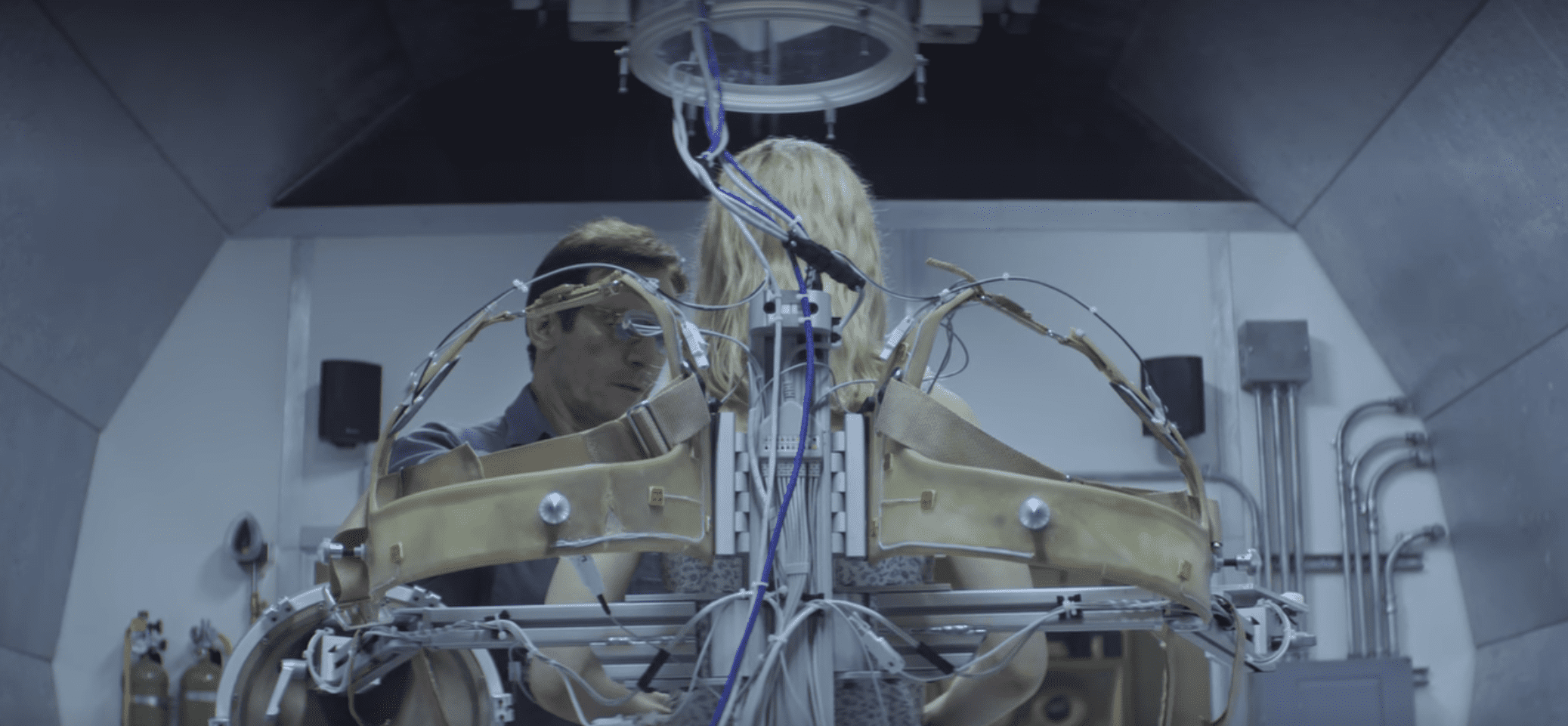
Perhaps this chair is something of an angel-making machine. That would make Homer and the others angels, too, and Prairie only the original because she was the first to get a movement.
Yet, Elodie again seems significant here. She has it figured out, with her cute little marble robots that do the movements for her and so on. It would seem as though she had this figured out even before the events of Part 1. Being able to move between dimensions, then, would not seem to be what defines the OA as OA.
So the question remains: why is it this version of Nina/Prairie that is the OA, and what, if anything, is she meant to do?
Multiple Versions of Self Hanging Together
I don’t know where all of this is going, but here’s a thought: maybe it involves all of this various versions of self coming together across dimensions to do…something.
Prairie is Nina, and yet she isn’t. Homer is Homer and yet he isn’t. Hap takes the place of Dr. Hunter Aloysius Percy and is him…but he isn’t. The same would seem to go for the world we get but a brief glimpse of at the end of this second season: Hap knows who he is, Steve knows who he is, but OA apparently thinks she is just Brit.
But that phrasing is problematic. I’m taking the versions of Hap and Steve from the first dimension we got to know to be the “real” versions of themselves. In narrative terms, this is unavoidable, but if we take everything we have seen in this story so far seriously, it seems like a mistake. That these versions have some kind of priority seems groundless; unless there will ultimately be a reason that they do (as there does indeed seem to be with the OA herself).
Perhaps it is that these are the only versions of themselves that open to the possibility of alternate dimensions. Maybe the others get caught up in one trap or the other, as I suppose the Crestwood kids to have gotten caught up in the Q Symphony game and mostly died in the universe we are introduced to in Part 2.
But, then, maybe the whole thing is about these multiple versions of self coming together across dimensions. Perhaps my truest self is the one that moved to New York and didn’t, who broke up with that girlfriend and didn’t, who died because of a bus and didn’t—some transdimensional self that holds all of these contradictions together.
And then, perhaps the OA is the first one to do this; who hasn’t yet, but will, or could, or always-already has, thereby opening up the “heaven” wherein we could reconcile all of these contradictory versions of ourselves sub specie aeternitatis?
Syzygy
Carl Jung thought that the unconscious was meaningfully defined through archetypes. Sigmund Freud was already on the path of this somewhat with the way he thought about the Father (not my father, but the Father); Jung ramped it up to eleven, though, claiming that there is a collective unconscious, and that things like myth are helpful in thinking about it.
There is an essentialism and a mysticism at play here that I frankly don’t buy into. And Jung’s writing style is often more suggestive than it is rigorous. He is not widely respected, from what I can tell, in either psychoanalytic nor philosophical academic circles. And yet, his ideas are interesting, and I think that The OA is playing with them.
One move that Jung makes as he breaks with Freud, which seems almost obvious when you think about it, is to posit a notion of the self. Freud distinguished between ego, superego, and id, but rarely engaged in thinking about the whole thing. That seems like a mistake, and one that Jung was interested in correcting.
Beyond this, Jung seemed to think that Freud’s conception of the id (or unconscious) was too simple. “It” thinks in me; behind my back, as it were, but what is it? Does it make sense to conceive of this as a singular thing? In fairness to Freud, if you actually read him things are more complex than this, but, still, Jung has a point.
Thus we get an attempt at reworking the psychoanalytic framework. It’s not just about mommy, daddy and me; Jung makes it cosmic, claiming that there are archetypal structures to the psyche that do not depend on anything individual. Thus the essentialism and potential mysticism that bother me a bit.
And yet, there does seem to be some insight here, and most relevant to The OA may be Jung’s thoughts about anima and animus.
The basic idea is that the masculine psyche contains within it a feminine element (anima), and the feminine psyche a masculine one (animus). These are elements of the unconscious; unknown, that is, to the person in question. It’s not just that there is an “it” that acts in me, says Jung; this it is gendered, and oppositely so from from my conscious identification. The masculine is defined by Logos and the feminine by Eros, but each is, as it were, infected by the other.
In both cases this can become problematic, and, as much as we might chafe at how Jung talks about it, we can see the conflict he is thinking of all over the place. A man becomes emotional (and perhaps irrational) in his commitment to “reason”; a woman becomes becomes stubborn in her thought that her feelings on a matter are decisive. And so on.
What is the goal, though? Syzygy.
This is what Jung calls it. This would be the alignment of the anima and animus. It may not solve the world’s problems. In fact, it may not even by fully achievable in Jungian terms, insofar as these are archetypes and not just individual things. That is, maybe you can reconcile yourself with your anima/animus for a moment, but not for all time in a way where you could be done with it. The unconscious is a structural part of the self; it cannot be made conscious once and for all.
Interestingly, with regard to thinking about The OA, Jung claimed that the anima tends to be singular but the animus a multiplicity. This gets me thinking about how OA seems like a singular point of focus for Hap, in contrast to BBA’s concern for “my boys” and so on.
Yet, to go too much further down this path would be to risk interpreting the characters in the show as manifestations of someone’s psyche, or something along those lines, which I do not think is what is going on.
Rather, these Jungian concepts are being deployed at a cosmic level, and also deconstructed. Jung posits, for example, the archetypes of the Wise Old Man and Wise Old Woman, but here we get “three wise men” brought into relation with the notion of syzygy, which can also refer to an alignment of celestial bodies. Of course, there is a reference to three wise men in the New Testament, but also the characterization of wisdom (Sophia) as feminine within the tradition of Gnosticism (a syzygy of Jesus and the Holy Spirit). And if we have the Wise OId Man and Wise Old Woman, whither the third?
There is a conflict between masculine/feminine that can be seen to be at play in The OA. Hap is harshly rational in his pursuit of knowledge, but Jung might suggest it is his anima that leads him to the most immoral depths; he is emotionally invested in his project to a fault. He may consciously think himself to be in logical pursuit of the truth, but there is something erotic in his desire insofar as it can lead him to kill (even himself). OA, on the other hand, is focused on her connection to others in a way that largely leads her to ignore the big picture question Hap is focused on. She wants to save Homer, and cares about all of the others in her circles of friends, but resists learning anything from Hap just because he is a very bad person. What insights into the nature of reality and her mission (if she has one) may this animosity have kept her from? And might this relate to her losing herself in Brit in the last world we see before the credits roll?
Buck/Michelle
Gender dynamics are, of course, more complex than a masculine/feminine binary, and always have been, however much that fact has been variously covered over historically in one way or another. Thus, if Jung complicates the Freudian picture of the psyche by moving away from the notion of the unconscious as the “it” that thinks in me towards a conception of it as more of a multiplicity, which includes such things as anima and animus, a further step is perhaps needed to think the actual complexities of such gender. That is, perhaps anima and animus as Jung thinks them remain too static, and the whole issue needs to be conceived much more fluidly; less along the lines of a binary and more along those of a spectrum.
In this regard, the fact that Ian Alexander’s character seems to be transgender in one dimension (identifying as a boy named Buck) and not in the other (where the same person is a girl called Michelle) seems to be significant. Of course, it is possible that Michelle is an egg and that the difference between the two versions of self we are presented with cuts along those lines. But that isn’t how I am currently reading things.
There seem to be significant differences between the versions of the other characters we see. The Homer who works at the hospital neglects his job to go on Tinder; something it is hard to see the Homer we knew in Part 1 doing, and Nina’s personality is markedly different from Prairie’s. We see almost nothing of Michelle, it is true, but we do see the gender difference, and I think there is something to that.
If we reject gender essentialism, then it seems like we should also reject the idea that the gender of an individual would have to be stable across dimensions. Indeed, if there are some infinite number of existing alternate worlds, then perhaps each of us is transgender in some of them. Take Jung’s anima/animus and go further with it—within each person a continuum of possibilities with regard to conscious and unconscious gender. Then perhaps the goal is not just to bring masculine and feminine into alignment, but a syzygy of the whole spectrum?
All About Steve?
Of all of the characters in The OA, Steve has perhaps undergone the starkest transformation. He is an asshole when the series opens, bullying and injuring a fellow student, posturing with regard to OA (and trying to sic his dog on her) before getting her to lie for him, and so on. It is true that there was always something underneath; Steve has always been presented in very real terms. He attacked the choir guy out of jealousy, for example, and it seems that he wanted more of a connection with the girl he was fucking than she was willing to give. There is something there to think about in general when it comes to the psychology of (young) men—how much of the ugliness stems from unacknowledged hurt?
But then, it would seem that Steve finds the sort of connection he was looking for through OA and the Crestwood gang. He believes even more than the others at the end of the day. But this isn’t about Prairie saving him so much as it is a matter of him discovering himself. If there is any parallel to be drawn between OA and Jesus it is not in the metaphysically laden thought of the latter as some divinely sent savior, but in the ethos of forgiveness.
In “Syzygy” Old Night tells OA that whether she survives will depend on her brother: “In every dimension…she sent him to protect you.”
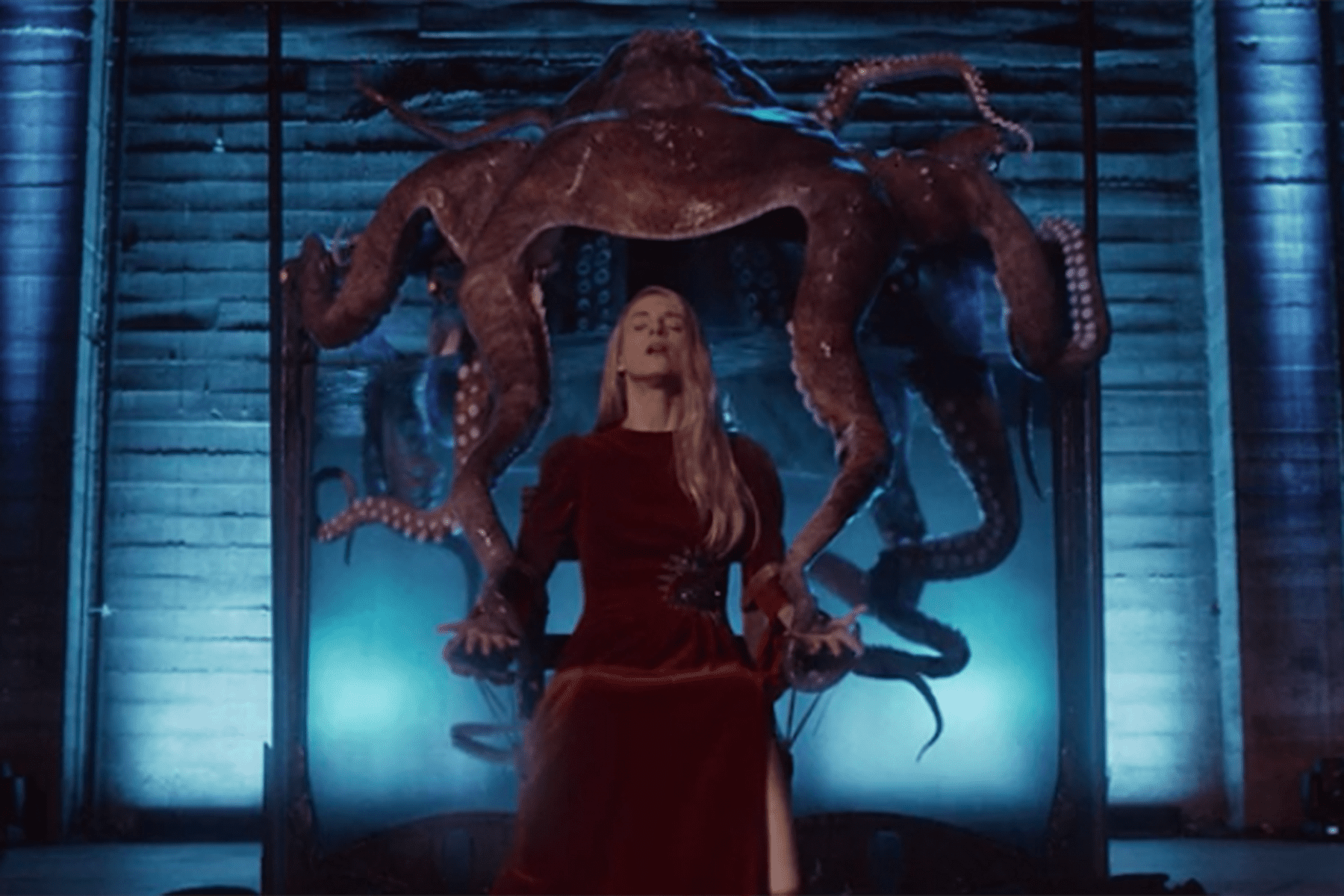
This raises two questions: 1) who is this “brother”; and 2) who is she? Personally, I don’t think the latter will have a concrete answer in terms of a character we are familiar with; instead I think it is a reference to God, or Sophia, and that there will be nothing more to learn here (though, of course, I could be wrong about that).
As to the brother, I should note first of all that I took this figuratively from the get-go, whereas some of my colleagues seemed to take it literally. That is, I do not think that we are talking about a biological brother here, but a spiritual one. I take this to be an important thing to think about if we are to ask the question of who Old Night may be referring to here.
I first thought the “brother” might be Karim, but I have come to determine that was solely because of the juxtaposition of this dialogue with his performance of CPR on OA, and thus probably a red herring. Then I thought it might be Elias after he responded to French’s call for help, given some things he said. The “in every dimension” bit stuck in my craw, though. Elias is not someone we saw in the San Francisco dimension of Part 2…
On the other hand, we see Steve running towards an ambulance at the end of both seasons. I’m not sure that OA needed Karim to revive her, given how many times she has died and come back. And I’m not sure what Elias would be protecting her from. However, if OA has been lost into Brit in the last reality we see, then perhaps she does not know that she can come back. Perhaps her life is, for once, in real peril. She doesn’t know the movements, or that she can travel to another dimension.
Enter Steve, who is somehow there, seems to know who he is, and who Hap is. And let’s not forget that it was Steve who initiated the group’s performance of the movements at the end of Part 1, through eye contact, but then the act of standing up first.
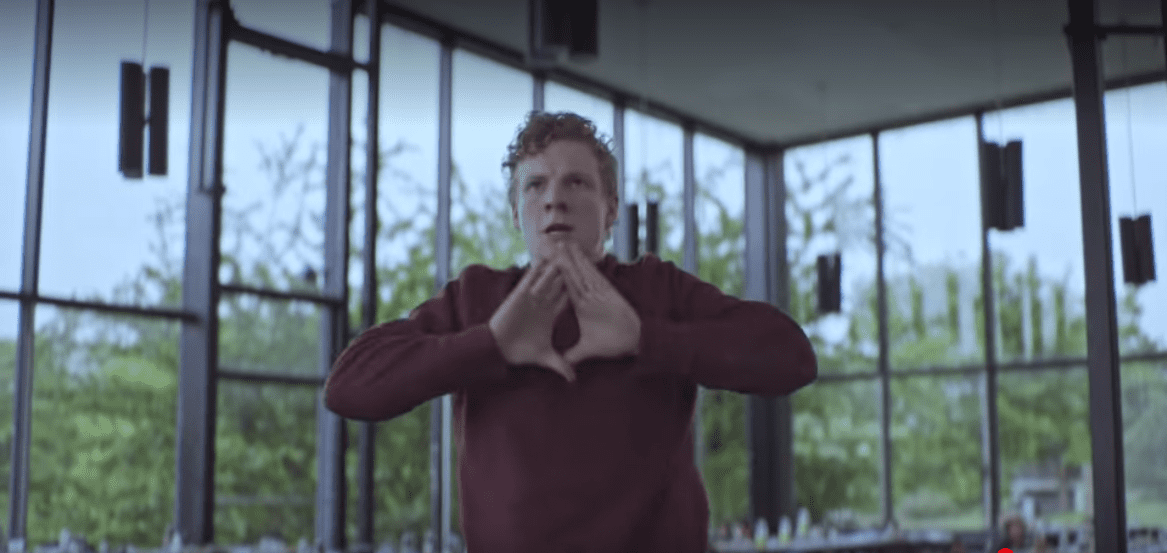
Syzygy (Reprise)
If other possible worlds actually exist, in whatever sense, that would mean that there is world out there where Adam never sinned; where Steve never met OA and reformed; where Caemeron died when he played a stupid little game of chicken with a bus as a child.
What is the relation between these versions of self across possible worlds?
It would be tempting to say there is none, with each being a fully unique individual in a completely separate universe. But that hardly holds up to scrutiny. What about the small differences? The universe where the only difference is that I wore a different shirt today, for example.
There is an undeniable sense that all of these different versions of me would be me in some way.
Perhaps the goal is to bring them all together; to bring them all into alignment. Perhaps that is OA’s goal, I mean. I’m not going to endorse this view of reality, but I did have a dream the other night wherein I never broke up with that girlfriend…


